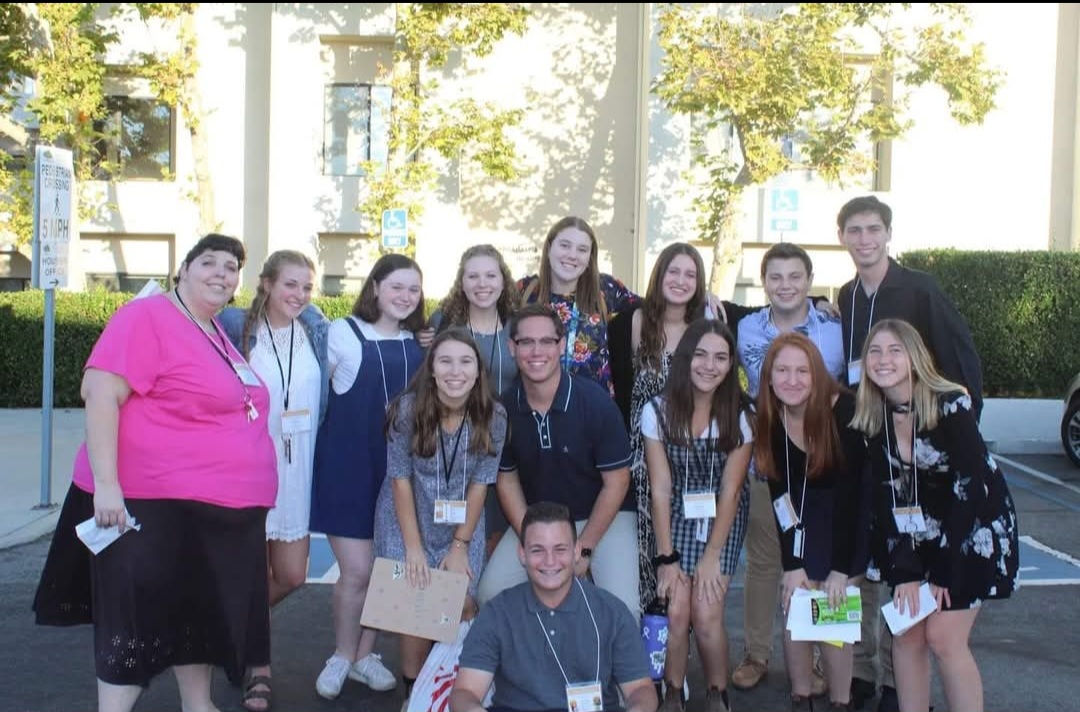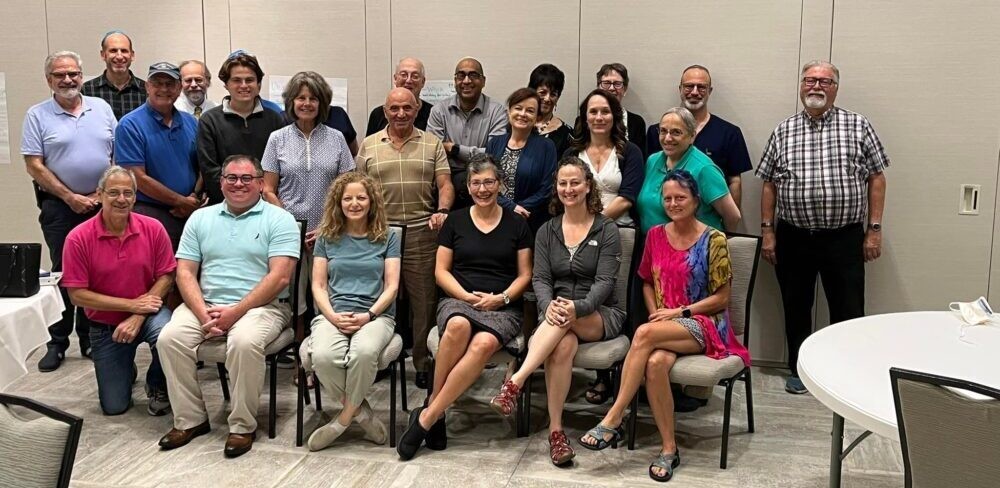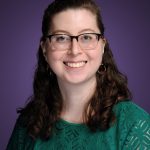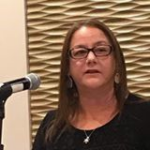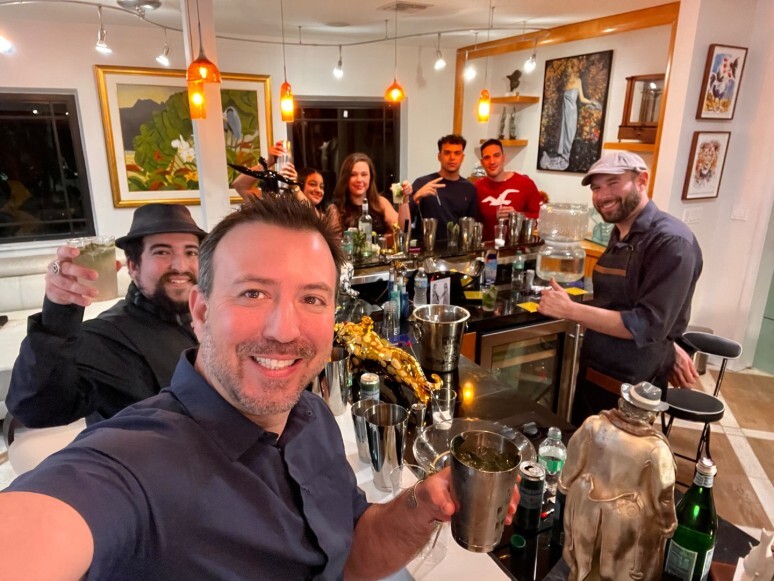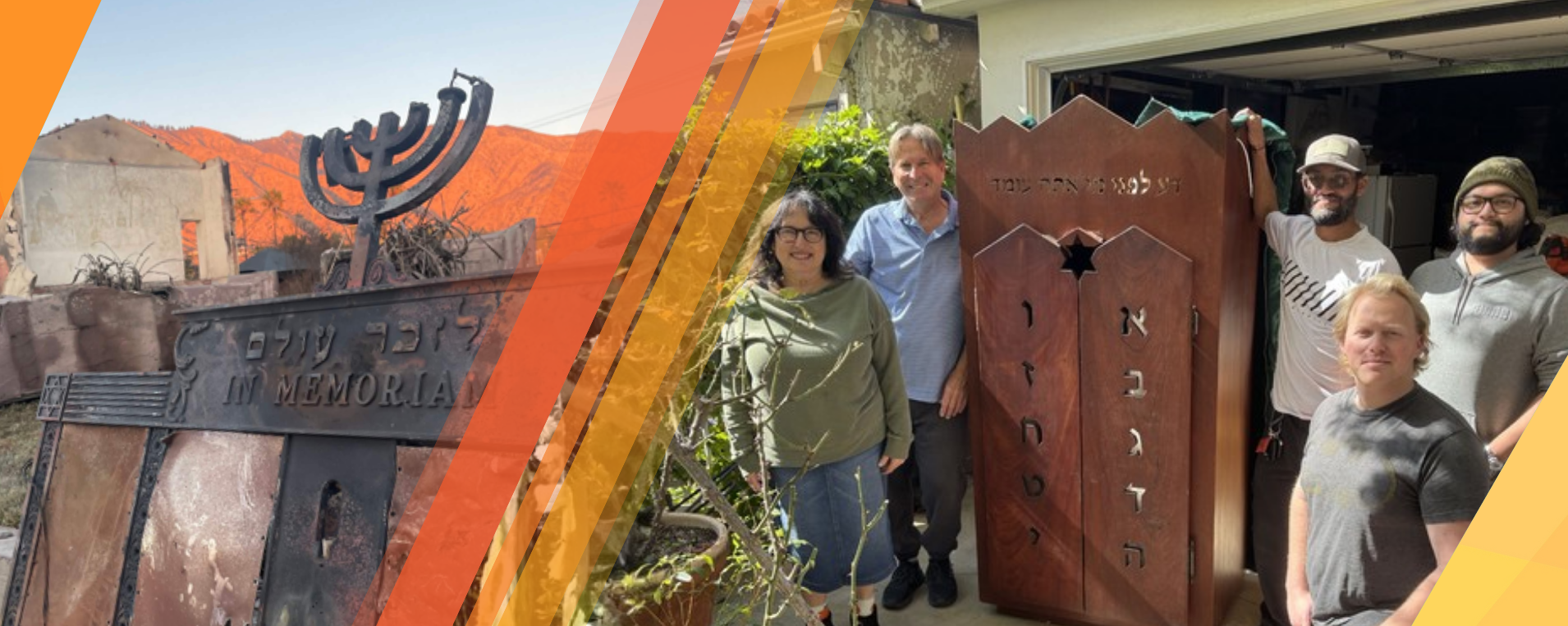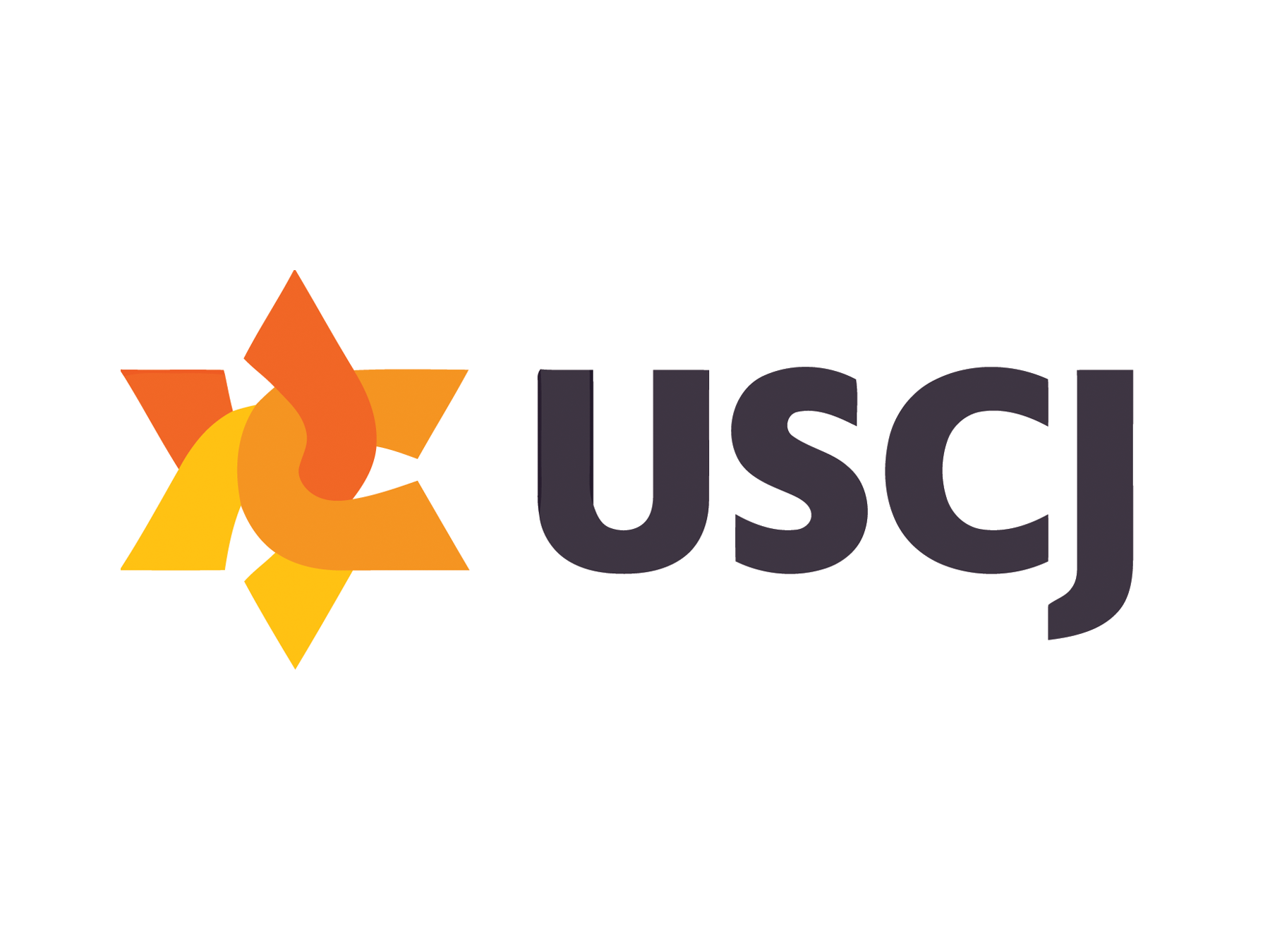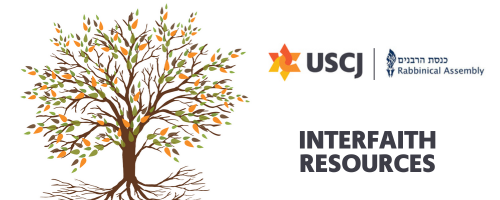
Dear Friends:
Intermarriage, and inclusion of intermarried couples and families, has been an important issue for our movement for decades. Rather than focusing on intermarriage as a “threat” to Jewish survival, it is clear that there are countless opportunities to engage individuals, couples, and families in the beauty and meaning of Jewish community and practice.
While our clergy and communities have been responsive to the needs of the Jewish people, and have adapted in many ways, more can be done. Here are a few examples of what’s been done to date:
- USCJ, together with the Rabbinical Assembly (RA) and other movement partners, changed policies and recommendations to allow synagogues who wish to permit spouses/partners of other backgrounds to become members of synagogues and serve in leadership roles.
- USCJ hired an Interfaith Specialist to work with communities to increase the inclusion of people of other faiths and/or cultural backgrounds in congregational life. We have created several resources to assist congregations.
- The Committee on Jewish Law and Standards (CJLS) published teshuvot to increase inclusion of people of other faiths and/or cultural backgrounds who seek to participate in Jewish life:
- Burial of a Non-Jewish Spouse by Rabbis Kassel Abelson and Loel Weiss (2010)
- Non-Jews Opening the Ark by Rabbi David Booth (2013)
- Note that concurring and dissenting opinions can be found here
- The RA has been training rabbis on new pastoral approaches for counseling couples who are getting married
- The RA clarified its policy on wedding ceremonies, allowing rabbis to attend ceremonies where one partner is of another background
- USCJ/RA partnered on “Rimonim for Rabbis,” working with cohorts of colleagues to learn new ways of understanding Jewish intermarriage and explore how to be more inclusive of interfaith couples in their communities
- Webinars for USCJ clergy, professional staff, and lay leaders
As our movement continues to honor its mandate to explore the balance of tradition and modernity, we know that this process of conversation and adaptation will continue. The Rabbinical Assembly’s leadership and membership have been engaging in a strategic planning process over the past year that included conversations about the current standard around officiation at interfaith weddings. Following up on that process, the RA will continue to:
- Increase pastoral training for rabbis around issues of interfaith relationships and marriage;
- Develop new frameworks through the Committee on Jewish Law and Standards for inclusion of interfaith couples and families ;
- Strengthen our understanding of the role of halakhah in this moment, and our identity as a Masorti-Conservative movement that balances tradition and modernity;
- Partner with USCJ’s leadership to develop common language for both our organizations regarding intermarriage, interfaith inclusion, and Jewish engagement.
Furthermore, the conversation needs to include additional clergy and movement leadership. To that end, as part of the RA/USCJ partnership, we are creating a joint task force of clergy and lay leaders to continue to explore this issue, to connect with the clergy, professionals, and staff in our movement, and to help determine directions and initiatives our movement should take going forward.
The Jewish principle of k’vod habriyot – affirming the dignity of every human being guides our approach to expanding inclusion in ways that are consistent with our commitment to tradition and our values while advancing Jewish commitment and vibrant Jewish communities.
This is an ongoing process and one that has the attention and focus of our lay and professional leadership.
Stay tuned for an update from the task force after it meets in the fall. In the meantime, if you have questions about interfaith inclusion you are invited to contact Dr. Keren R. McGinity, Interfaith Specialist, at [email protected].
L’shalom,
Andy Schaer, USCJ president
Rabbi Harold Kravitz, Rabbinical Assembly president

